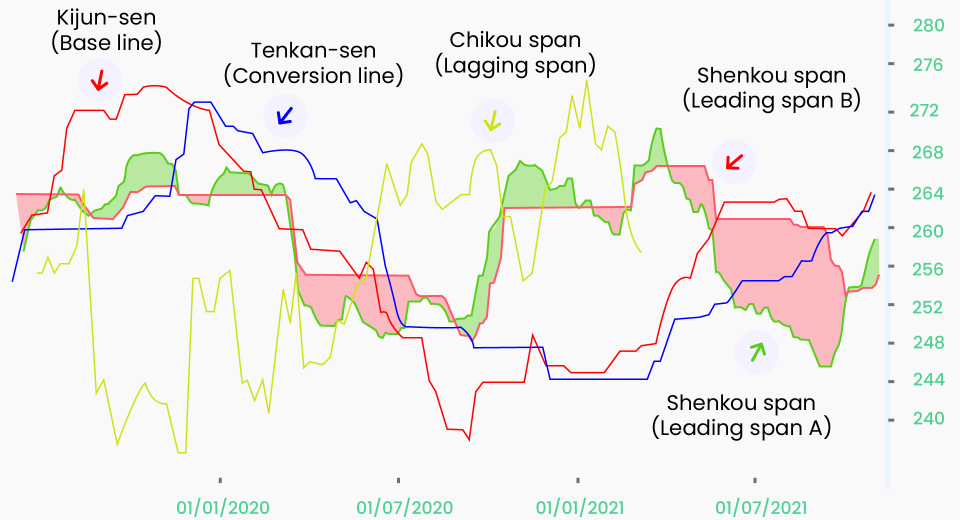All You Need To Know About Short Selling

“All a person needs to do is observe what the market is telling him and evaluate it.”
~ Jesse Livermore, How to Trade in Stocks
Popular as the Great Bear of Wall Street, Jesse Livermore is one of the most famous short sellers ever. His largest short was during the 1929 market crash, which earned him $100 million. He accurately predicted downturns multiple times and decoded the technique to profit from them. But he isn’t the exception. George Soros, John Paulson and many other great traders have also been great shorters.
Not everyone can be Livermore and there cannot always be bull markets, either. Therefore, traders must be prepared with strategies to participate in the financial markets, irrespective of the direction it is moving.
Short Selling
Traders open short positions when they expect the price of an asset to drop in the near future. They do this by borrowing an asset whose price they expect to decline and then sell the borrowed assets in the open market. The plan is to wait for the price to drop and buy the assets back at a lower price. This allows traders to earn the difference between the selling and buying prices on closing the position.
Consider a stock trading at $50 per share. A trader borrows 100 shares and sells them for $5,000 in the open market. Once the price declines to $40 per share, they buy the shares back for $4,000. Return it to the lender at this price plus some commission, netting the balance as profit.
Short Selling Terminology
The trading jargon commonly used for short selling includes the following terms:
Margin
The minimum capital required to borrow assets from the broker. It is usually given in terms of a percentage of the total value of the borrowed assets, such as 1:50, 1:100, etc.
Short Squeeze
A short squeeze forces shorters to buy the assets at a higher price than the one they had sold. This leads to losses.
Margin Call
This is a notice from the broker to add capital to their trading account to meet the minimum margin requirements if the price of security rises. The broker may close all open positions if not met due to insufficient trading capital.
Pros and Cons of Short Selling
Shorting is popular among traders because:
- It allows them to take advantage of market downturns. This means traders are not limited to waiting for bull runs to enter or profit from the market.
- Short sellers use margin. Therefore, little capital is required to enter a position. Additionally, leverage amplifies potential profits.
- Traders use it as a hedge for their positions in a bull market. Hedging helps them minimise potential losses of their long positions in the event of unfavourable market movement.
No trading technique guarantees only profits, and neither does short selling. Its limitations are:
- Traders need a margin account to get started.
- Often, margin interest is incurred, and a price rise may trigger a margin call.
- There’s risk of a short squeeze.
- Leverage can amplify potential losses.
Short Selling Metrics
Traders popularly use the following metrics to understand short-selling activity in the markets and make better trading decisions:
Days-to-Cover Ratio
This is the number of days required to cover all positions. Days-to-cover refers to the time it will take for the trader to repurchase all the borrowed assets to return to the lender. It is also known as the short-interest-to-volume ratio.
Days-to-Cover Ratio = Number of shares sold short / Average daily trading volume
A lower ratio value indicates optimistic sentiment among the bulls, and short sellers can close their positions quickly as the price declines.
Short Interest Ratio
This is the ratio of the number of shares currently shorted to the number of shares floating in the open market.
A high short-interest ratio indicates more speculation of the price falling. However, it may sometimes signal a short squeeze. Traders must use technical indicators to clearly understand market sentiment and other factors driving the security price.
Challenges in Short Selling
Traders may face challenges while short selling when a downtrend has been established in the market. This is because:
- They may not find sellers to buy back the securities.
- There may be too many short sellers buying back, causing the price to spike to quickly. The short squeeze of GameStop in 2021 resulted from a social media-driven share purchasing frenzy.
Short Selling Strategies
Some of the most commonly used short-selling techniques are:
Selling a Pullback in a Downtrend
A pullback is a short retraction during a declining market. Traders first identify assets going through downturns. They take the opportunity of short-lived volatility that leads to a spike in price. This is when they enter. They exit when the asset has considerably lost value. When trading a pullback, timing is paramount.
Entering Within a Trading Range and Waiting for a Breakdown
Another popular strategy short sellers use is to identify a sideways market due for a breakout downwards. They use a combination of fundamental and technical analysis to discover opportunities to enter (open short positions) during peaks and wait for a breakout to exit (close their short positions).
To Short Sell Like A Pro
- A short seller breaks away from the crowd mentality to identify countertrend bounces. They must short rallies since such rallies mean market corrections rather than sell-offs.
- Use fundamental analysis to identify weak stocks instead of looking for shorting opportunities in explosive uptrends. Such stocks are less vulnerable to short squeezes.
- A common saying in the trading community is to “not short a dull market.” Shorting works best for markets with natural demand-supply dynamics, not triggered by bull cycles.
- Use bearish divergences. When major indices pull against each other, look for sell-off signals and use tight stops to minimise losses.
- Use risk management strategically. New downtrends are likely to be tested. Make sure your strategy considers failed breakouts. Identify your comfortable breakeven price and plan your stops accordingly.
To Sum Up
- Short selling allows traders to take advantage of declining markets.
- Short selling involves borrowing an asset to sell in the open market at a certain price and then repurchasing it at a lower price.
- Traders popularly use metrics, such as the days-to-cover ratio and short-interest ratio, to make informed decisions.
Two common short-selling strategies are selling a pullback in a downtrend and selling a downward breakout from a sideways market.
Disclaimer:
All data, information and materials are published and provided “as is” solely for informational purposes only, and is not intended nor should be considered, in any way, as investment advice, recommendations, and/or suggestions for performing any actions with financial instruments. The information and opinions presented do not take into account any particular individual’s investment objectives, financial situation or needs, and hence does not constitute as an advice or a recommendation with respect to any investment product. All investors should seek advice from certified financial advisors based on their unique situation before making any investment decisions in accordance to their personal risk appetite. Blackwell Global endeavours to ensure that the information provided is complete and correct, but make no representation as to the actuality, accuracy or completeness of the information. Information, data and opinions may change without notice and Blackwell Global is not obliged to update on the changes. The opinions and views expressed are solely those of the authors and analysts and do not necessarily represent that of Blackwell Global or its management, shareholders, and affiliates. Any projections or views of the market provided may not prove to be accurate. Past performance is not necessarily an indicative of future performance. Blackwell Global assumes no liability for any loss arising directly or indirectly from use of or reliance on such information herein contained. Reproduction of this information, in whole or in part, is not permitted.




